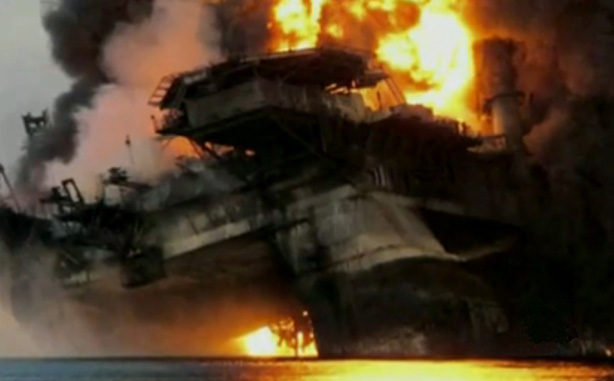
At this point in history no one can prove that, pre-deployment, a given body of software will be reliable and, more importantly, safe in all operational situations. The next time you board an aircraft no one can guarantee 100% that you’ll make it to your destination. Probability is always involved. In 2018-19 three hundred and forty-six passengers on two Boeing 737 Max flights didn’t.
You might be wondering why aircraft and automobile manufacturers are allowed to use software to perform life critical functions in their products. For example, Airbus fly-by-wire systems and the currently much hyped self-driving cars. Continue reading…










